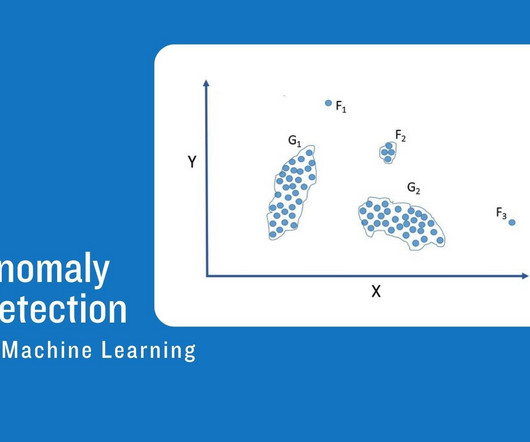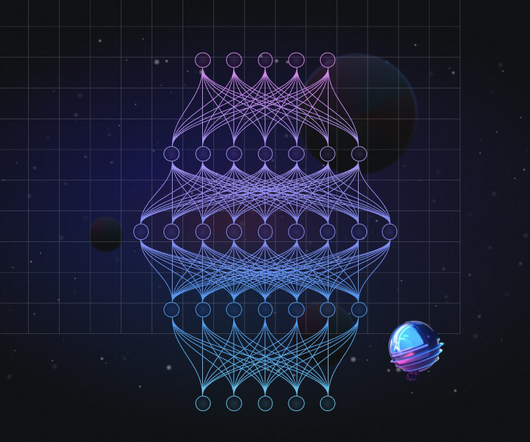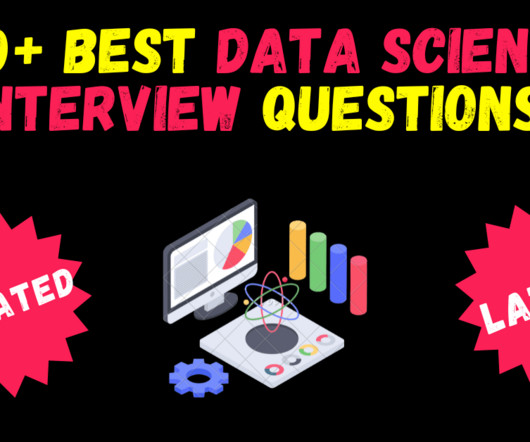Spatial Intelligence: Why GIS Practitioners Should Embrace Machine Learning- How to Get Started.
Towards AI
APRIL 7, 2024
Created by the author with DALL E-3 Statistics, regression model, algorithm validation, Random Forest, K Nearest Neighbors and Naïve Bayes— what in God’s name do all these complicated concepts have to do with you as a simple GIS analyst? You just want to create and analyze simple maps not to learn algebra all over again.















Let's personalize your content